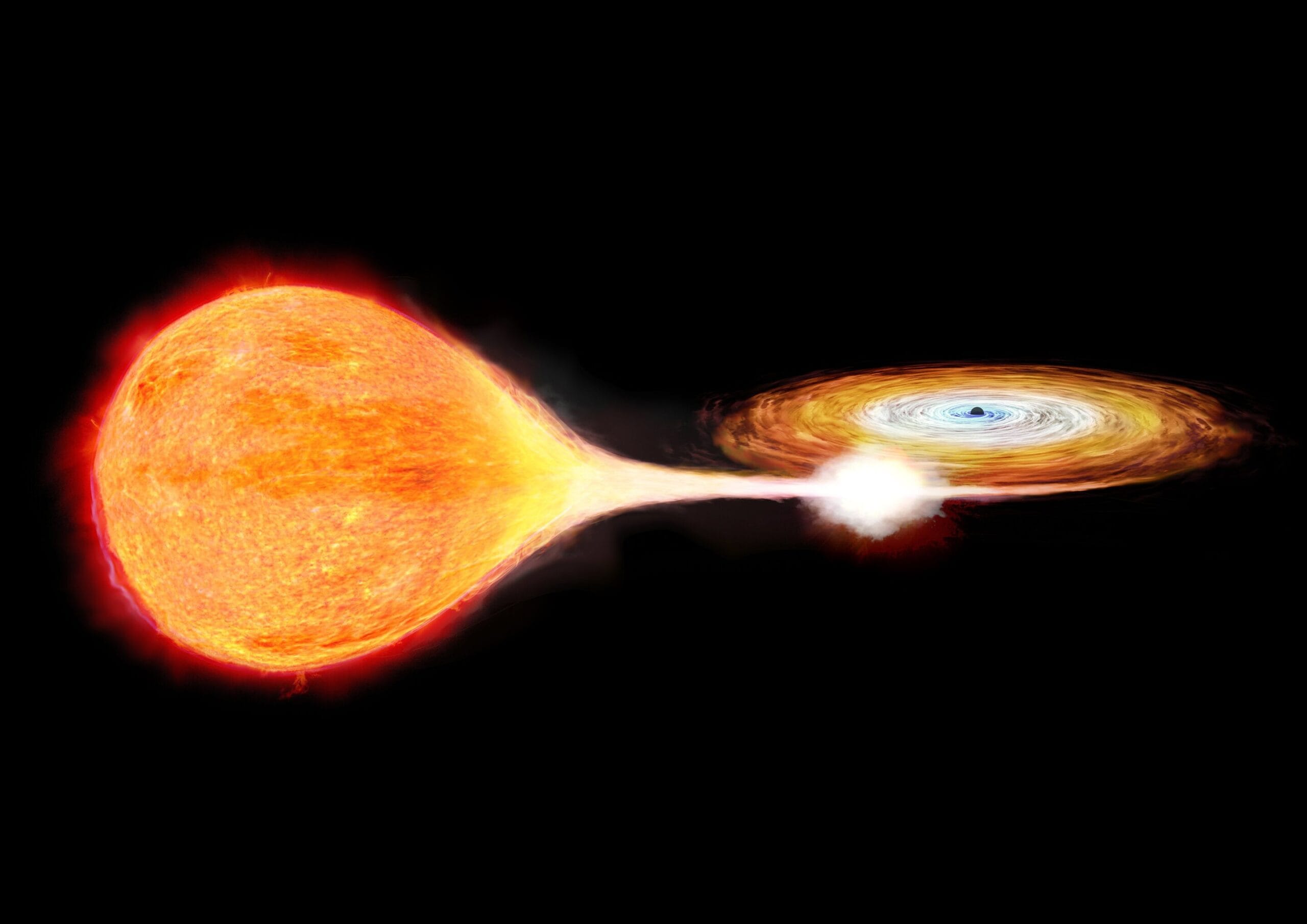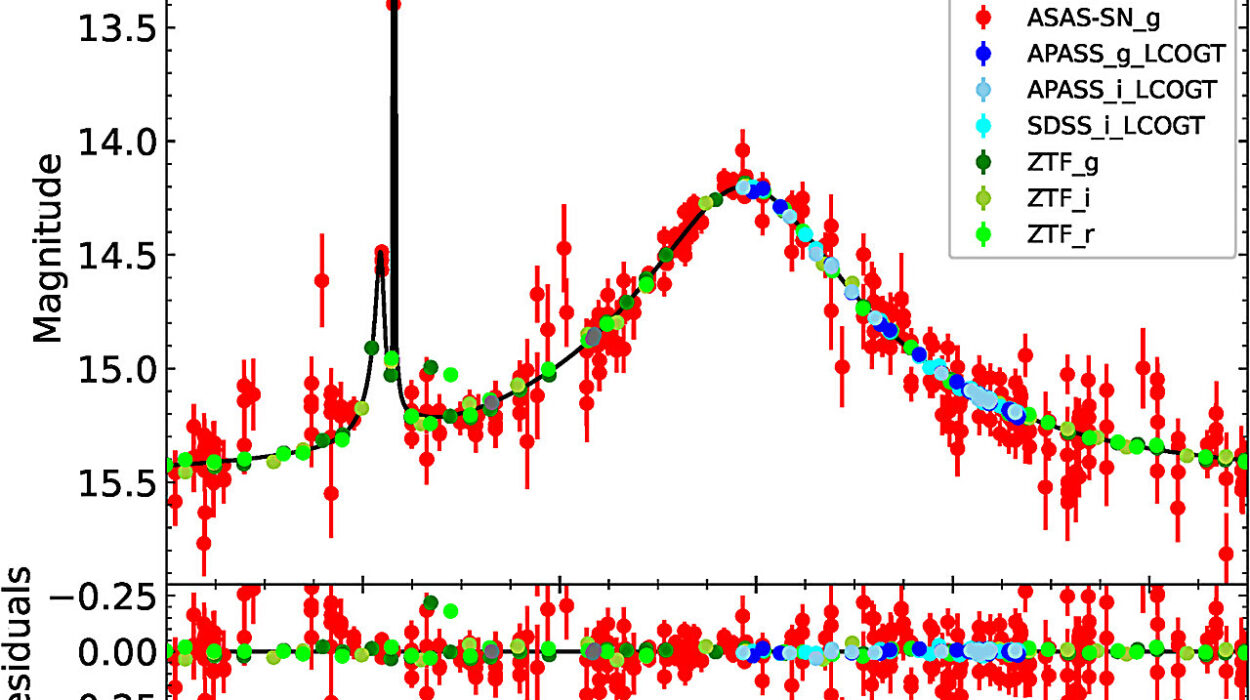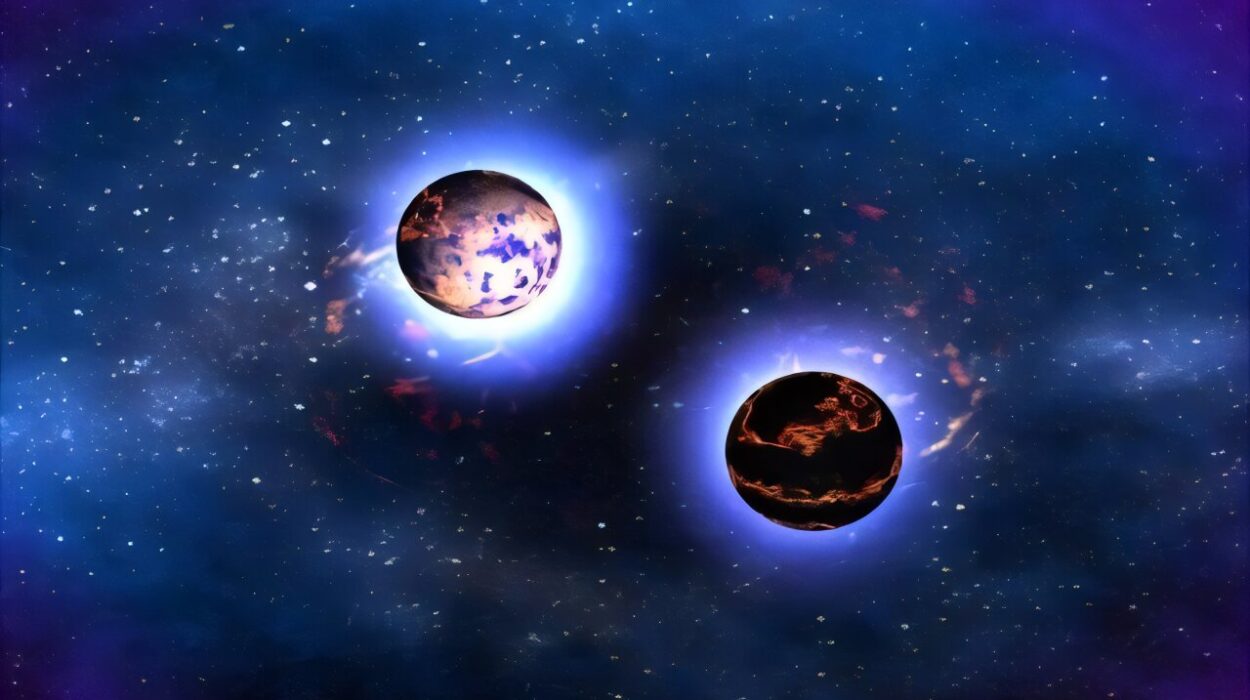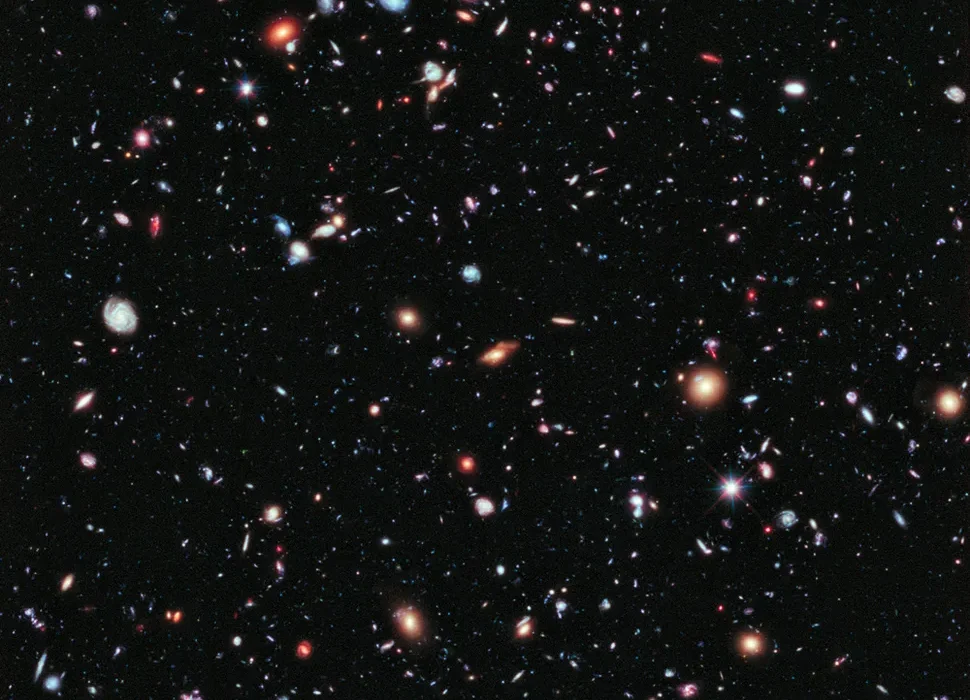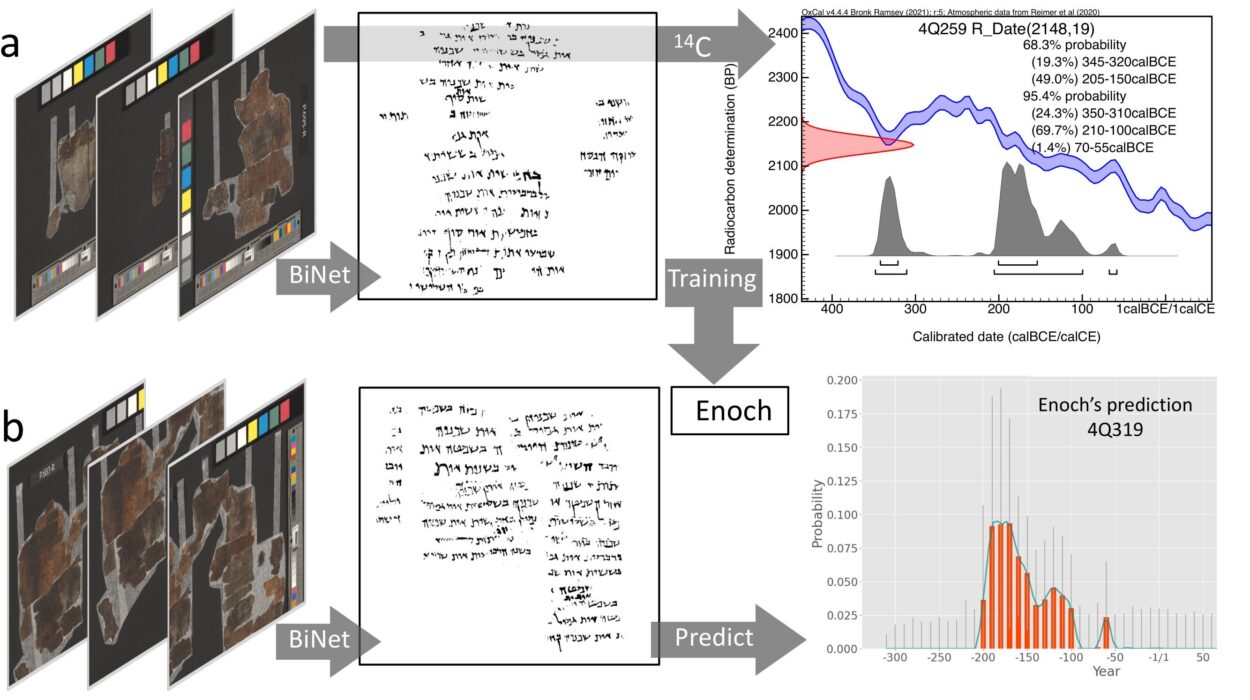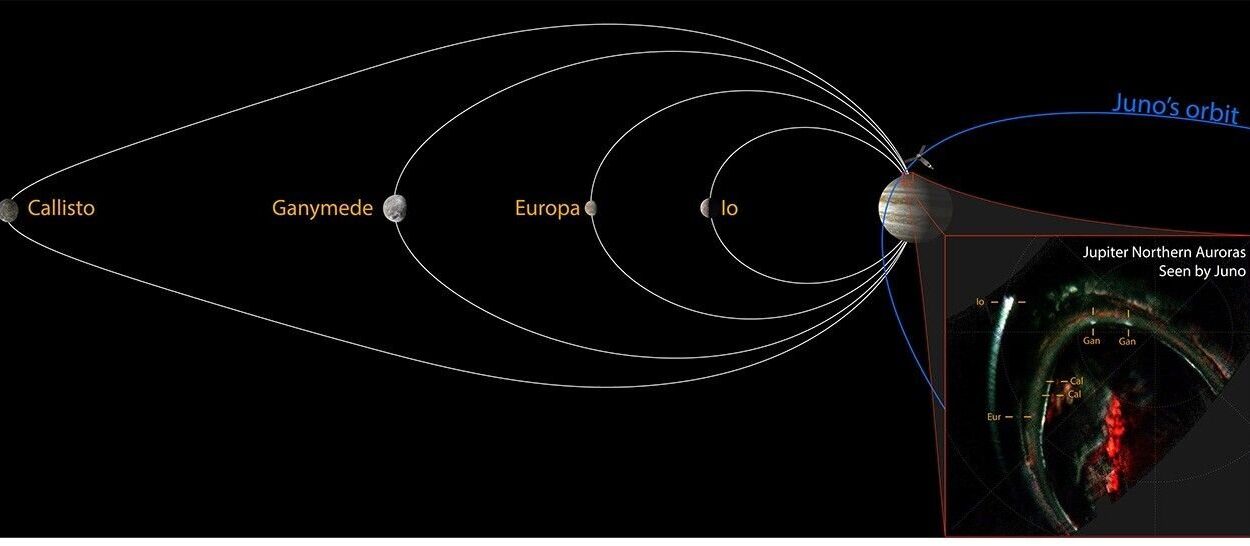In the constellation Norma, about 25,000 light-years from Earth, lies a mysterious system known as 4U 1630–472. To the naked eye it is invisible, yet in X-rays it flickers with extraordinary energy. At its heart sits a stellar-mass black hole, feeding on gas stolen from a nearby companion star. As the material spirals inward, it forms a scorching hot accretion disk, glowing with X-rays so powerful that they outshine the combined light of billions of ordinary stars.
Like many black hole X-ray binaries, 4U 1630–472 lives most of its life quietly, with only a dim trickle of X-rays escaping from the disk. But every so often, it erupts. Its brightness can leap by a factor of 10,000 in just a week, transforming from a nearly invisible ember into a cosmic beacon. These outbursts have fascinated astronomers for decades, but the exact conditions that trigger them—and the powerful winds that sometimes accompany them—remain among the great puzzles of astrophysics.
Now, thanks to an ambitious international effort and a cutting-edge satellite called XRISM, scientists have peered deeper into this system than ever before, catching it at its faintest X-ray state and discovering a surprising new chapter in the story of how black holes interact with their surroundings.
The Eyes of XRISM
XRISM (short for X-ray Imaging and Spectroscopy Mission) is a joint project led by the Japan Aerospace Exploration Agency (JAXA), in collaboration with NASA and the European Space Agency. Launched on September 7, 2023, from Japan’s Tanegashima Space Center, XRISM was designed with a bold goal: to open a new window onto the high-energy universe.
At the heart of XRISM is Resolve, a revolutionary soft X-ray spectrometer. Unlike traditional detectors, which can only provide rough energy measurements, Resolve can measure X-ray energies with stunning precision. This allows astronomers to identify the fingerprints of individual atoms in the extreme environments around black holes, neutron stars, and galaxy clusters.
Shortly after the start of XRISM’s operations, the team targeted 4U 1630–472. Over 25 hours between February 16–17, 2024, they watched as the black hole dimmed at the very end of an outburst. Its brightness had already fallen to just one-tenth of its peak, approaching the “quiet” state where such observations had always seemed impossible. Yet XRISM’s instruments were sensitive enough to capture the faint, hidden story still unfolding in the surrounding gas.
Iron in the Shadows
The results, now published in The Astrophysical Journal Letters, stunned researchers. Even in this faintest phase, XRISM detected absorption lines from highly ionized iron—clear evidence of hot gas surrounding the black hole.
Absorption lines are like fingerprints. As X-rays pass through gas, certain wavelengths are absorbed by atoms, leaving dark imprints in the spectrum. By analyzing these imprints, astronomers can determine the composition, temperature, density, and motion of the gas.
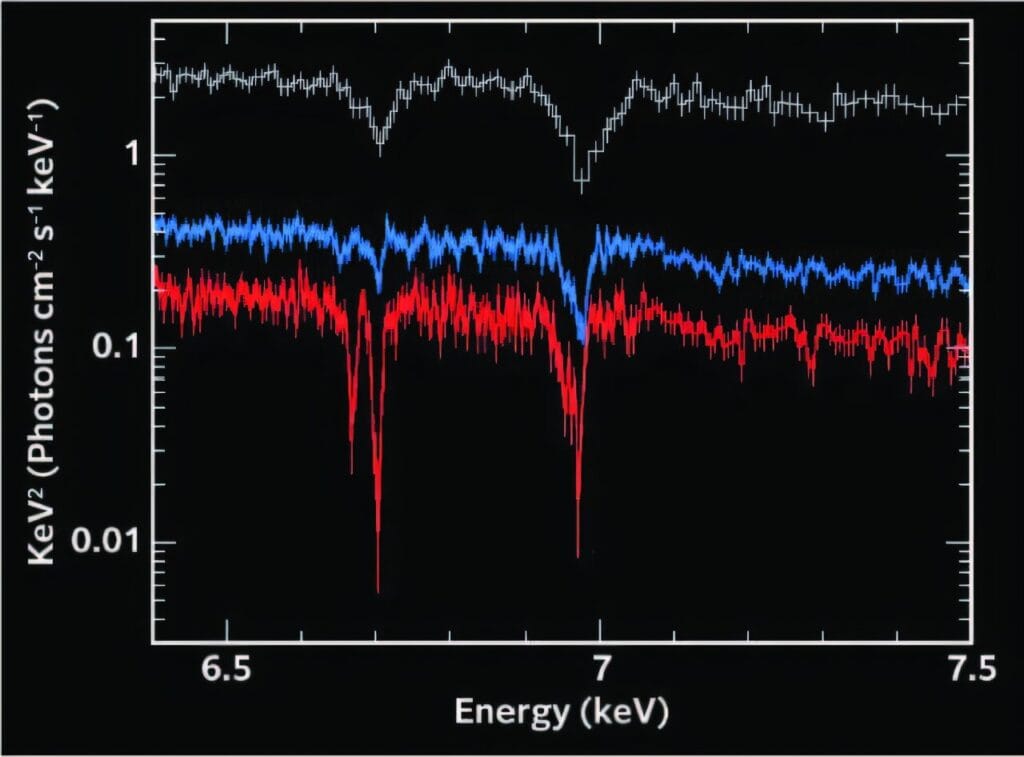
What XRISM found was remarkable: the gas was moving at relatively low speeds, less than 200 kilometers per second, far slower than the fierce winds exceeding 1,000 km/s that are seen when black holes blaze at peak brightness. At such low speeds, the gas was still gravitationally bound to the black hole, hovering rather than escaping.
Even more intriguing, the absorption strengthened during the latter half of the observation—even though the X-ray brightness itself did not change significantly. The most likely explanation is that XRISM had caught a localized gas cloud in the outer disk, perhaps created when the stream of matter from the companion star slammed into the disk’s edge.
For the first time, scientists had a detailed view of the hot gas structures in a black hole system at such low luminosity—a window that had previously been closed to observation.
A Puzzle of Winds and Stillness
These findings raise profound questions. Why does the same system sometimes unleash powerful, high-speed winds, while at other times the gas lingers quietly in orbit? What exact balance of luminosity, disk temperature, and magnetic fields determines whether gas escapes or remains trapped?
Black hole winds are more than just local weather. They can inject enormous amounts of mass and energy into their surroundings, shaping the environment of their host star system and, on a grander scale, influencing the evolution of entire galaxies. Supermassive black holes at galactic centers are known to regulate star formation through such winds, blowing away reservoirs of gas that might otherwise form new stars. By studying stellar-mass black holes like 4U 1630–472, astronomers gain a miniature laboratory for understanding these universal processes.
The XRISM team’s discovery—that even in dim states, highly ionized gas can persist near black holes—suggests that the seeds of these winds may form long before they burst into action.
Chasing Fleeting Moments
Capturing such an observation required agility and coordination. Black hole outbursts are transient events, unpredictable and short-lived. To succeed, the team conducted daily monitoring with wide-field X-ray instruments, then worked with XRISM’s operations staff to rapidly adjust the observing schedule once 4U 1630–472 began fading.
This effort paid off. In just over a day, XRISM recorded a dataset that may reshape how astronomers think about accretion and outflow in black hole binaries.
The study was led by Professor Jon M. Miller of the University of Michigan, Dr. Misaki Mizumoto of the University of Teacher Education Fukuoka, and Dr. Megumi Shidatsu of Ehime University, with contributions from an international collaboration of researchers. Their work demonstrates the power of global cooperation in unlocking cosmic mysteries.
A Future of Deeper Insights
The story of 4U 1630–472 is far from over. The XRISM team is now preparing to respond to future outbursts, hoping to observe the system at different brightness levels. By tracing how the properties of gas evolve as the system brightens and fades, they aim to answer key questions:
- What precise conditions trigger the acceleration of gas into fast winds?
- How much energy do these winds inject into the galaxy?
- Can these small black holes teach us about the colossal ones that shape entire galaxies?
Each new outburst is a fleeting opportunity, a natural experiment unfolding light-years away. And with XRISM’s unparalleled sensitivity, astronomers are finally equipped to seize these moments.
The Human Side of a Cosmic Discovery
Behind the data and spectra lies a very human story: the perseverance of scientists who must plan for the unpredictable, the dedication of teams across three continents, and the shared excitement of glimpsing the hidden rhythms of the universe.
Einstein once described scientific discovery as “the eternal mystery of the world.” The XRISM observation of 4U 1630–472 reminds us that even in the faintest whispers of light, the cosmos reveals new secrets.
A black hole, once thought to be a silent devourer of matter, is now seen as a dynamic engine—sometimes raging, sometimes quiet, always shaping the space around it. And thanks to XRISM, we are closer than ever to understanding how these extraordinary objects breathe energy into the universe.
More information: Jon M. Miller et al, XRISM Spectroscopy of the Stellar-mass Black Hole 4U 1630-472 in Outburst, The Astrophysical Journal Letters (2025). DOI: 10.3847/2041-8213/ade25c
